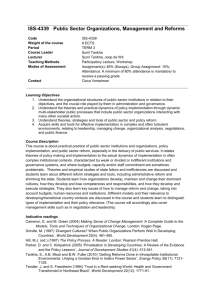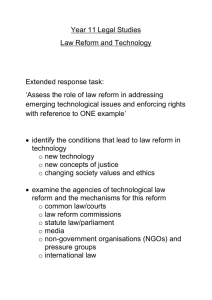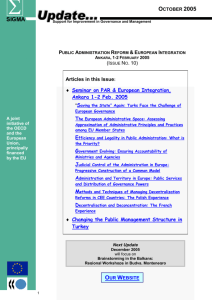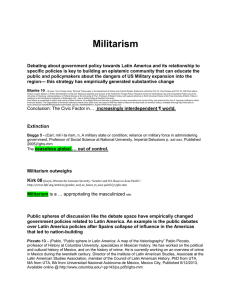rather than discuss the development of a new neo
advertisement
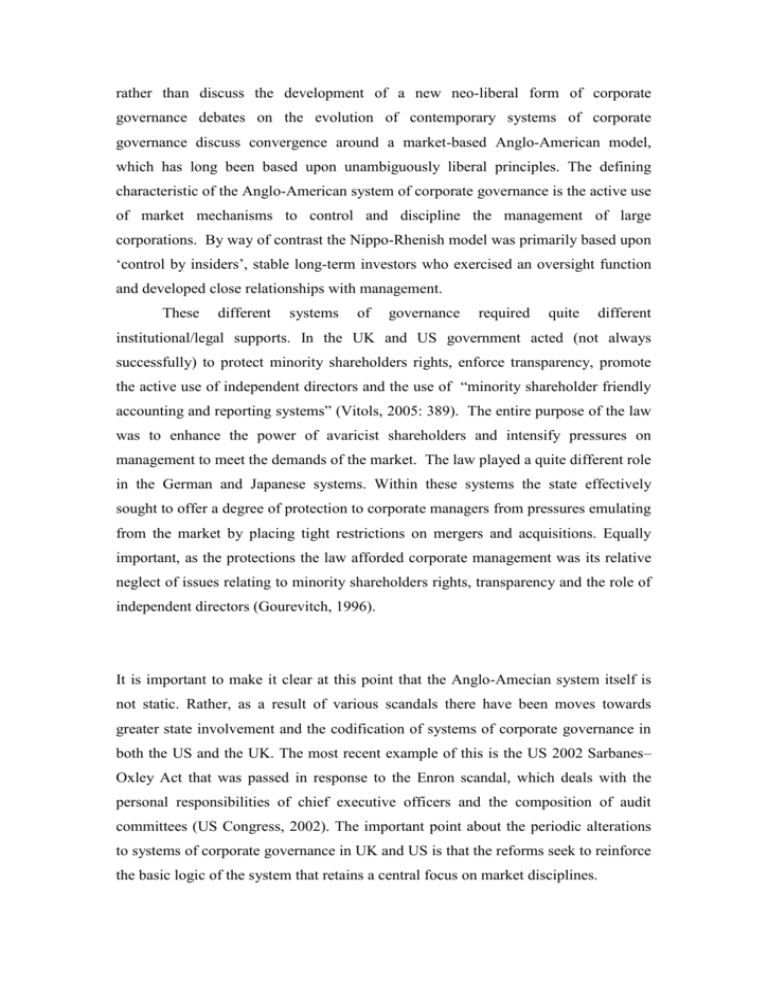
rather than discuss the development of a new neo-liberal form of corporate governance debates on the evolution of contemporary systems of corporate governance discuss convergence around a market-based Anglo-American model, which has long been based upon unambiguously liberal principles. The defining characteristic of the Anglo-American system of corporate governance is the active use of market mechanisms to control and discipline the management of large corporations. By way of contrast the Nippo-Rhenish model was primarily based upon ‘control by insiders’, stable long-term investors who exercised an oversight function and developed close relationships with management. These different systems of governance required quite different institutional/legal supports. In the UK and US government acted (not always successfully) to protect minority shareholders rights, enforce transparency, promote the active use of independent directors and the use of “minority shareholder friendly accounting and reporting systems” (Vitols, 2005: 389). The entire purpose of the law was to enhance the power of avaricist shareholders and intensify pressures on management to meet the demands of the market. The law played a quite different role in the German and Japanese systems. Within these systems the state effectively sought to offer a degree of protection to corporate managers from pressures emulating from the market by placing tight restrictions on mergers and acquisitions. Equally important, as the protections the law afforded corporate management was its relative neglect of issues relating to minority shareholders rights, transparency and the role of independent directors (Gourevitch, 1996). It is important to make it clear at this point that the Anglo-Amecian system itself is not static. Rather, as a result of various scandals there have been moves towards greater state involvement and the codification of systems of corporate governance in both the US and the UK. The most recent example of this is the US 2002 Sarbanes– Oxley Act that was passed in response to the Enron scandal, which deals with the personal responsibilities of chief executive officers and the composition of audit committees (US Congress, 2002). The important point about the periodic alterations to systems of corporate governance in UK and US is that the reforms seek to reinforce the basic logic of the system that retains a central focus on market disciplines. The meaning of the term ‘regulatory reform’ is highly problematic. In itself the term is vague and imprecise. The term regulation could perfectly reasonably be used as a catchall term to describe the vast array of social and economic functions that the state performs. Regulatory reform could, therefore, be considered as being synonymous with state reform. Within our analysis here we employ the same definition of ‘regulatory reform’ as that used by the OECD (1997) in the series of long reports it developed on reform in its member countries. This definition is useful as it indicates how neo-liberal reformers themselves conceive of ‘regulatory reform’ as a distinct area of policy transformation. The OECD’s reports focus on environmental protection, health and safety issues, and the regulation of utilities. Although issues relating to financial regulation are touched upon this is generally treated as a distinct area deserving special consideration. The exact policy recommendations of the various country studies reflect national circumstances (see for example OECD, 2000b; 2004a; 2004b; 2006a). Nevertheless, through a careful reading of the framework documents and country case studies it is possible to identify three central principles underpinning the neo-liberal vision of regulatory reform. First, there is a heavy emphasis not simply on regulatory outcomes but on the regulatory process. In terms of concrete policy the OECD (1997) recommends two things, recommendations that are fully commensurate with the World Bank’s (1997; 2002; 2005) work on regulation.1 The first is that independent regulatory agencies insulated from the pressures of competitive politics be established to determine and implement regulatory policy in key sectors that require relatively close regulation due to issues relating to market concentration and/or the need to ensure common access to certain infrastructures. The other key recommendation is that clear frameworks be established which require regulators to conduct cost benefit analysis of regulation and to explicitly justify the necessity of regulations. When regulations are deemed necessary it must be demonstrated that the agency has formulated regulation so as to impose minimal cost on market actors. These provisions make it clear that regulations are only to be used to address acute market failure rather than as a tools of a particular form of industrial policy which seeks to maintain certain market structures or to afford advantage to particular firms. Furthermore, there are requirements that market actors be consulted in the process of formulating regulation and a consistent 1 The reminder of this section is based upon OECD(1997). stress on transparency. While these frameworks apply to regulators within the central administration and independent regulatory bodies they are of particular significance in the latter case. Accountability to rules ‘protects’ these institutions from political accountability. In other words, these institutions can deflect political criticism and defend themselves again interference by demonstrating that they are acting in accordance with clearly defined standards of best practice. 2 The second key set of principles underpinning the reform of regulation is that regulation ought to promote market disciplines/ competition and be goal orientated. What this means in practice is dependent on the sector in question. For example, in telecommunications it means creating licensing systems which promote the entry of new competitors, the use of auctions to allocate spectrum space and forcing incumbents to allow competitors access to the infrastructural resources (the local loop) necessary to facilitate effective competition. The imposition of price controls on dominant market actors may be necessary but it is seen as a very poor short-term substitute for the creation of effective market disciplines. In the case of environmental regulation a market based approach would, amongst other things, employ differential tax rates for fuels depending on the damage they caused the environment, tax industrial omissions of all sorts and promote the use of carbon trading. The government does not seek to ban in all but the most extreme circumstances but instead seeks to manipulate market signals to achieve its goals. This promotion of the use of market mechanisms and the adoption of goal-based regulation are symbiotically linked. The final consistent theme of neo-liberal regulatory reform is the emphasis placed on promoting the development and widespread adoption of globally recognized regulatory standards. The ultimate neo-liberal nirvana would be an environment where a single global regulatory regime existed and transnational firms need not concern themselves with adaptation to local legal peculiarities. In those areas where an agreed global framework does not exist mutual recognition of different national standards (on the safety of pharmaceutical products for example) is seen as a reasonable substitute and a means of reducing the compliance burden on MNCs. In short neo-liberal reformers seek to transform regulation from something that dissipates competitive pressures and restricts international openness to a source of intensified competitive pressure which facilities global economic integration. The 2 The parallels with CBI are obvious. extent to which they are actually succeeding will be assessed later in the chapter. Of course the fact that the regulation of the telecommunications, electricity and water industries are major issues throughout the advanced capitalist economies is testimony to the success of privatisation, another key aspect of the neo-liberal project







